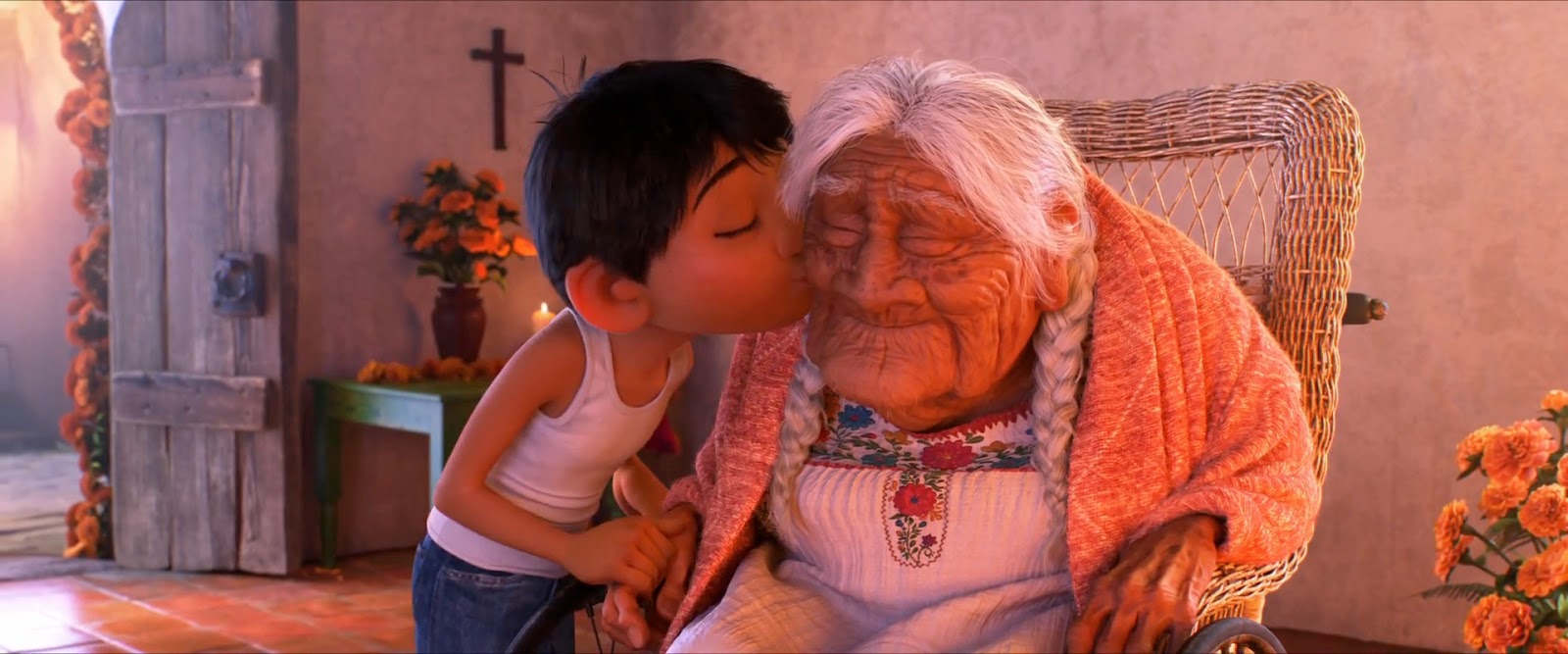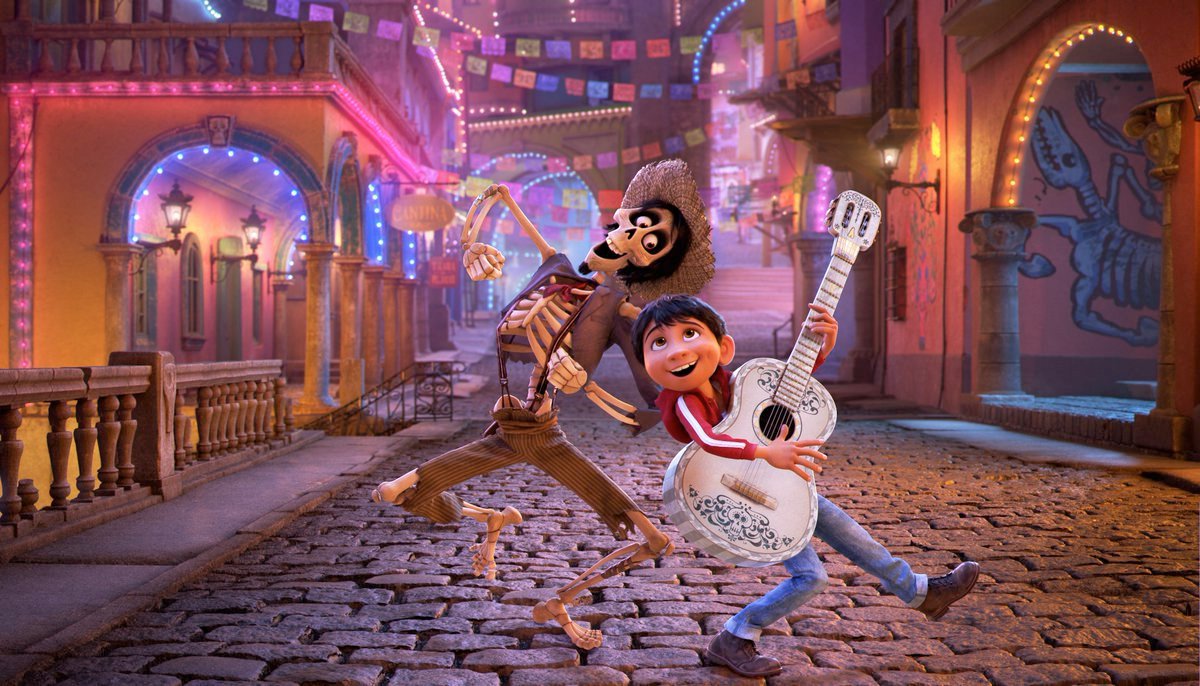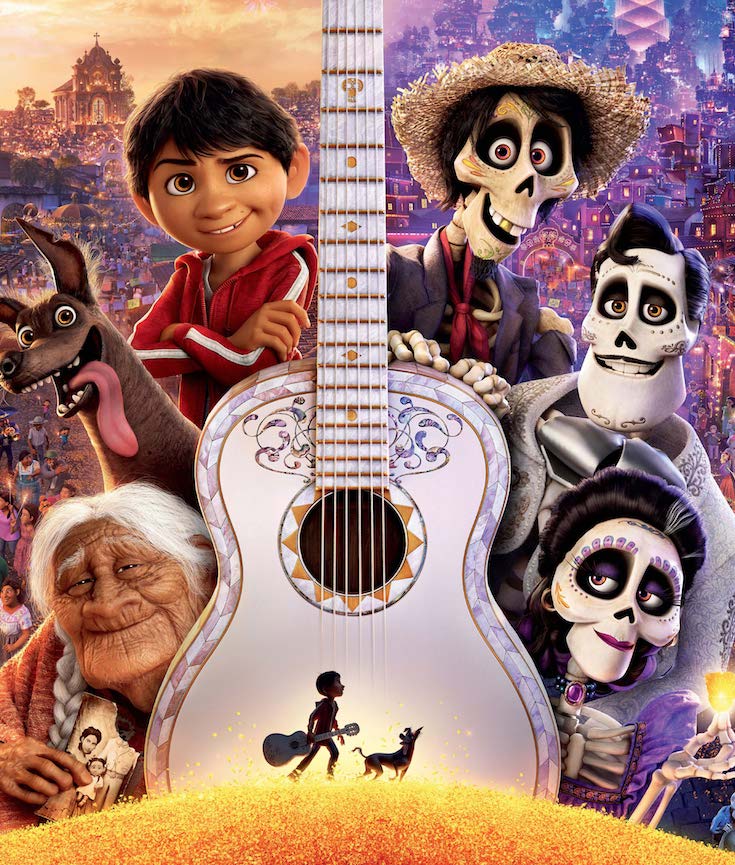[dropcap]Nods[/dropcap] to Mexican life and culture in Pixar’s “Coco” did not go unnoticed by many audiences, which made the film the top draw at the box office on Thanksgiving weekend. The makers of the film, which centers on a boy named Miguel who tries to reconnect with his family’s musical roots on Día de los Muertos (Day of the Dead), went to great lengths to avoid clichés and stereotypes.
Portrayals of Mexican families — animated or not — by Hollywood can often fail to capture details and nuance in speech, mannerisms, customs or even appearance. Many Americans of Mexican descent, like myself, were overcome with emotion upon seeing a depiction of a family and household that closely resembles their own.
Miguel’s great-grandmother, Coco, with her dark skin, deep-set wrinkles and braids, bore a striking resemblance to my grandmother. Strict but doting Abuelita, who can dole out a lashing with a flip-flop one minute and then feed you tamales the next, was not unlike my own mother. And the house full of hermanos, tias, tios and primos is something that many Latino families share.
We asked readers to share their reactions to the film and whether the characters and customs resembled their background or experience. Comments have been edited for clarity and length. [mc4wp_form id=”6042″]




NATIONAL MUSEUM OF AFRICAN AMERICAN HISTORY & CULTURE | WASHINGTON, DC
The National Museum of African American History and Culture is the only national museum devoted exclusively to the documentation of African American life, history, and culture. It was established by Act of Congress in 2003, following decades of efforts to promote and highlight the contributions of African Americans. To date, the Museum has collected more than 36,000 artifacts and nearly 100,000 individuals have become charter members. The Museum opened to the public on September 24, 2016, as the 19th and newest museum of the Smithsonian Institution. (Website).


You must be logged in to post a comment.